Nature reports
Page 1 of 68 - 680 Results
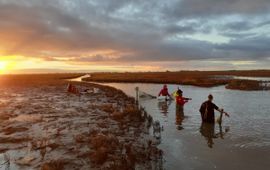
For five years, more than 20 researchers acquired new ecological knowledge about the subtidal nature of the Wadden Sea, an often understudied but important part of this ecosystem. The projects Wadden Mosaic (Waddenmozaïek) and..

Last week, 160 researchers and conservationists of European butterflies and moths met in the Netherlands to exchange latest insights on population trends and knowledge about threats and measures for protection. Although there are..
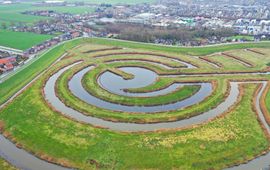
Nature-based solutions are gaining ground as effective and sustainable answers to societal challenges, such as water management, biodiversity restoration, and climate adaptation. Research shows that successful implementation..
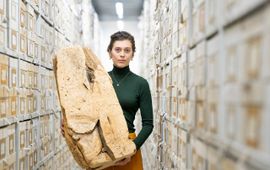
The wood of every tree is different. Promovenda Vicky Beckers from Naturalis and Leiden University worked on ways to better distinguish between different wood species. This is important for our understanding of plant evolution,..
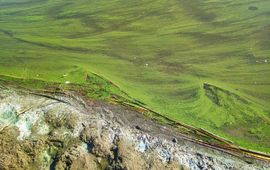
Every summer there they are again, blue-green algae. Why are they a problem, are they getting worse with climate change and what can we do about them? These are questions that over the past few years the Netherlands Institute of..
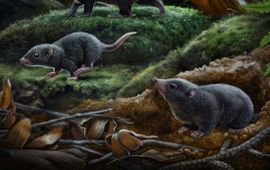
For a long time, we didn’t know, but now they must finally show their true colors: early mammals had dark brown fur. This discovery was made by an international team of researchers, including Liliana D’alba from Naturalis..
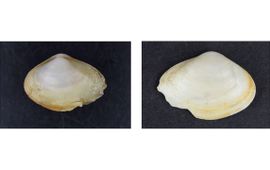
The Asian clam has found its way to the Dutch Wadden Sea. This is shown by field researchers from the Netherlands Institute for Sea Research (NIOZ). On other locations, the Asian clam has shown to be potentially highly invasive in..
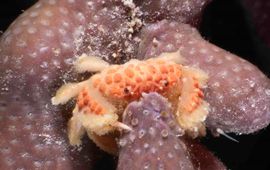
Divers in the Caribbean Sea are increasingly encountering coral branches with missing tips. For a long time, it was unclear who or what was responsible for this unusual phenomenon. Until now: the disappearance of the tips appears..
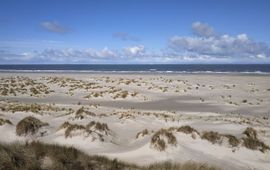
Dunes are considered to be essential for coastal protection. In countries like the Netherlands, where one third of the country is below sea-level, it is crucial to understand how they grow. Sand will play a role, of course, but..
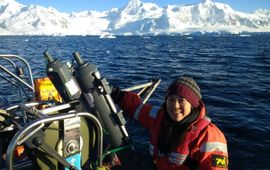
Bacteria and other single-celled microorganisms in the seas around Antarctica are strongly influenced by water temperature and the amount of sea ice. This is shown by coordinated measurements taken off the coast of the west..
